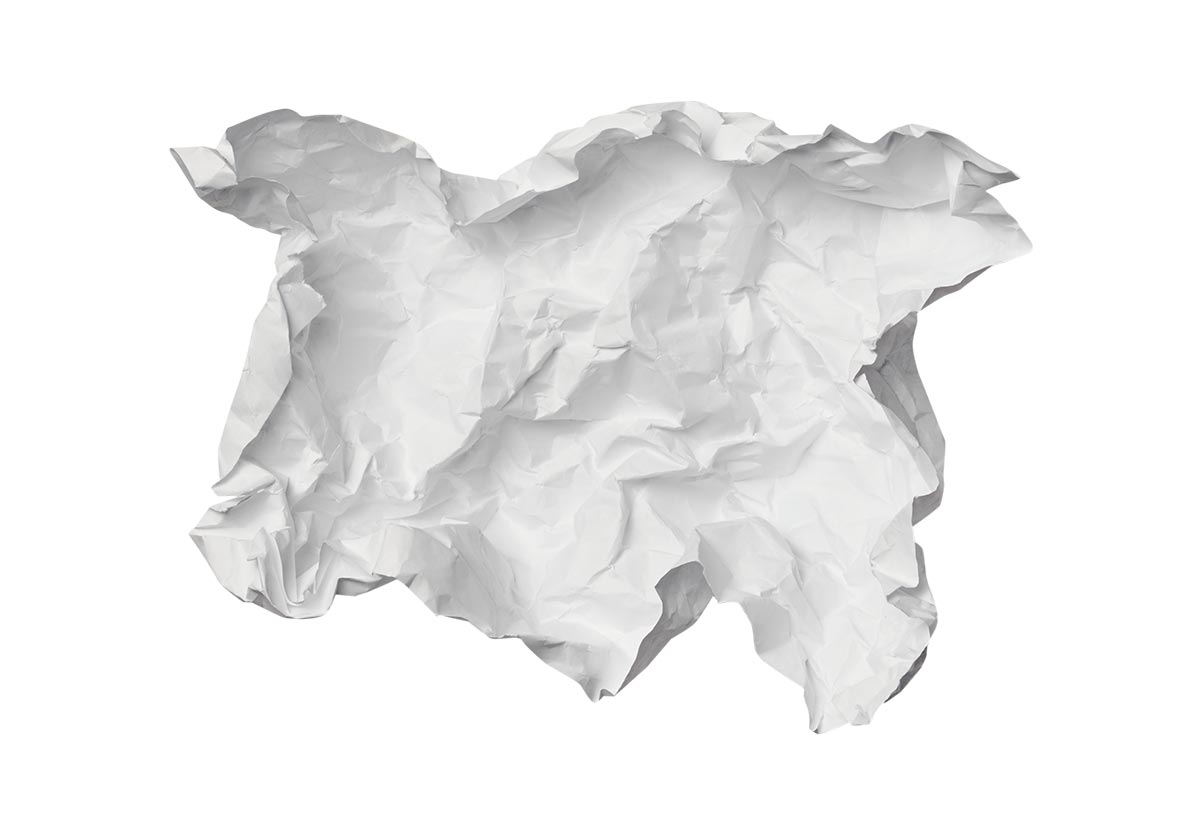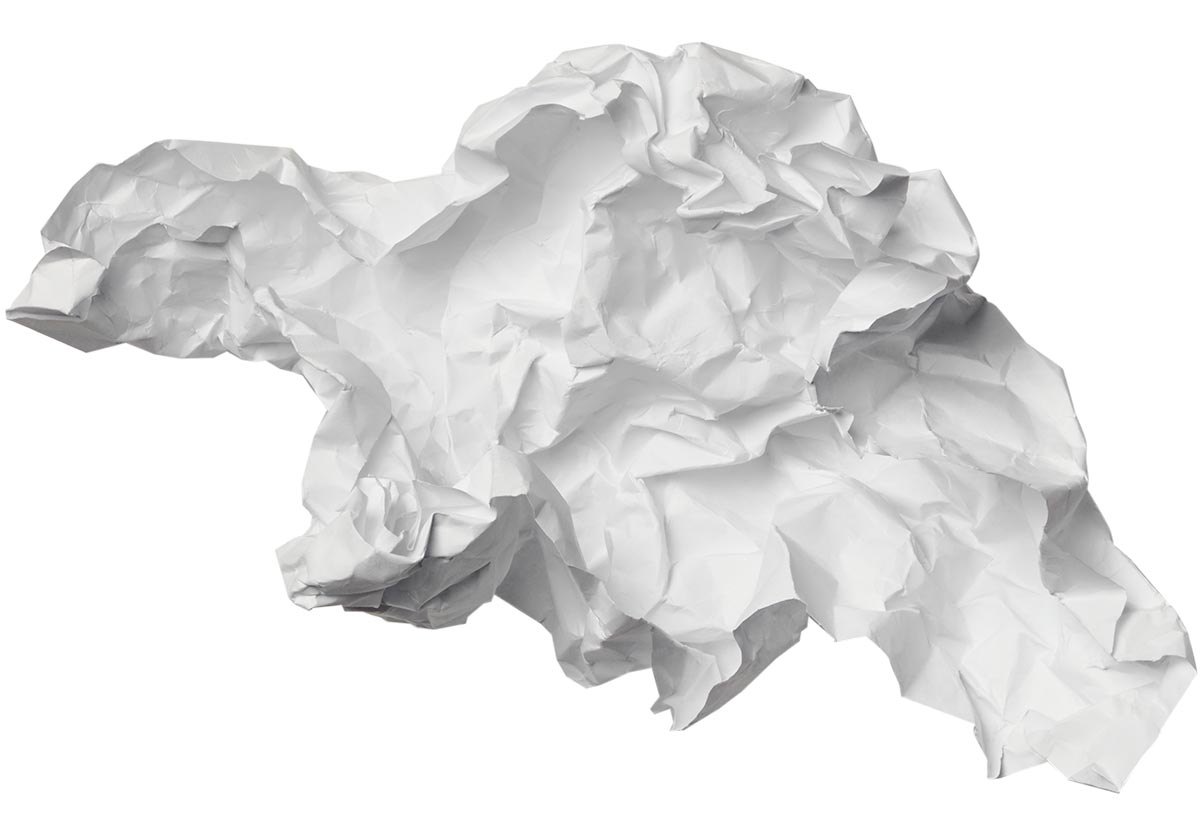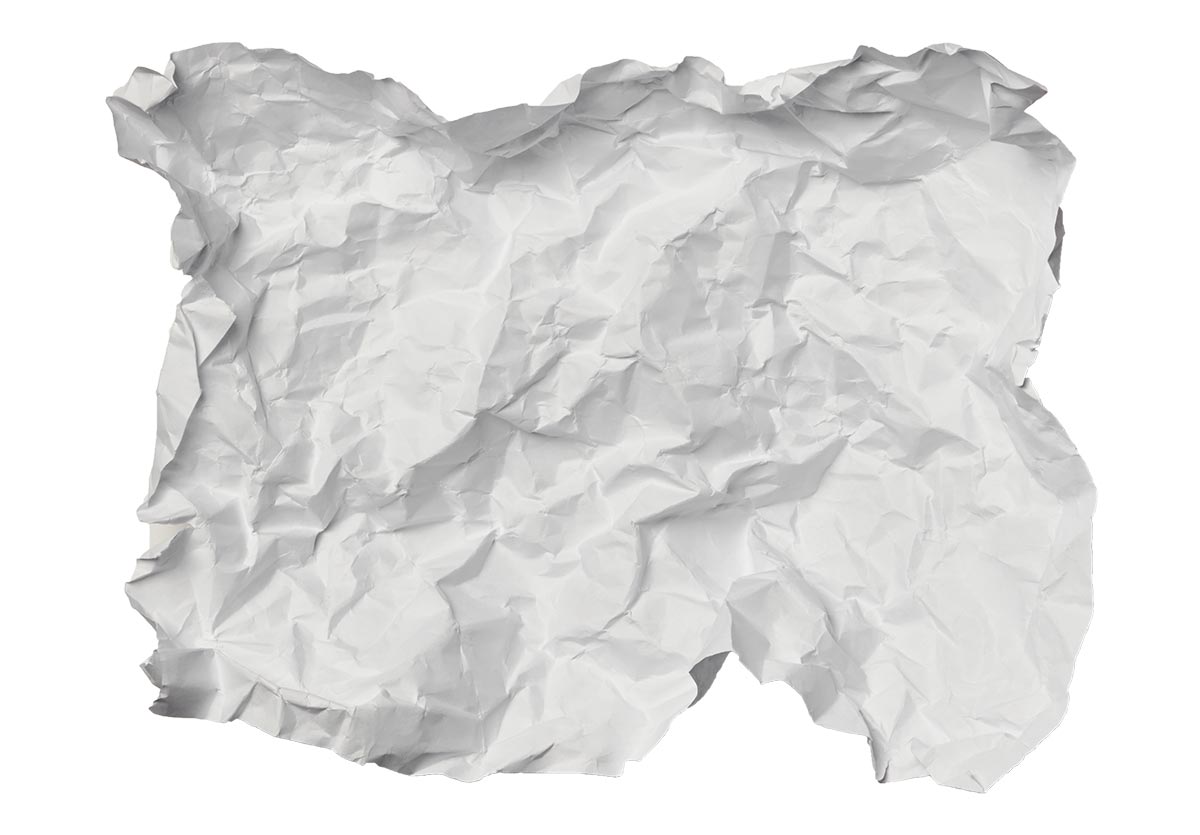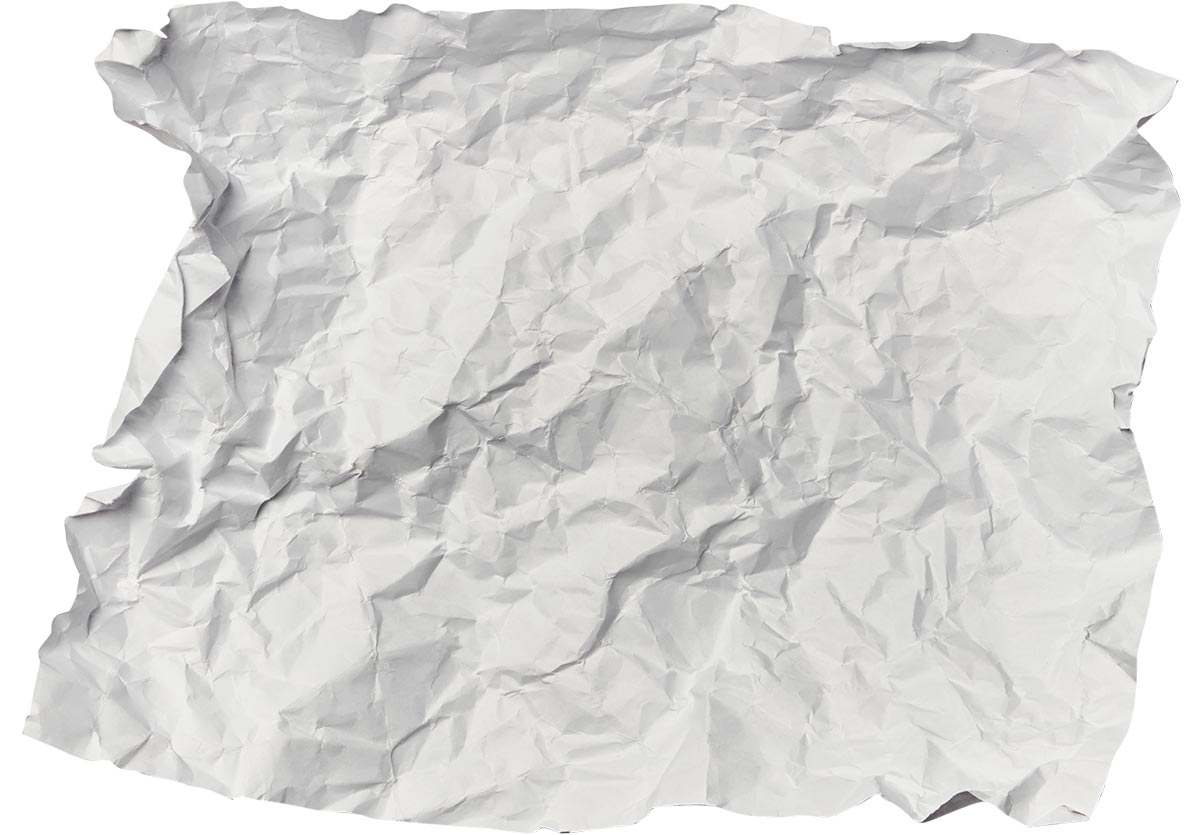
Waste Management
The Issue.
Human consumption is accelerating. The global material footprint has increased by 70 percent since 2000, and 113 percent since 1990. Simultaneously, the rate of natural resource extraction has also increased since 2000.
As a result of this overconsumption, human practices are exacerbating normal waste production levels. Not only is the Earth feeling pressure due to increased demand for resources, but it is also overloaded with the byproduct of human consumption.
Responsible waste management supports the UN’s Sustainable Development Goal #12 - Ensure sustainable consumption and production patterns.

What we are doing.
In our office and stores
We have undertaken initiatives to increase our recycling and reduce the amount of waste we produce. They include increasing the number of recycling bins in our stores, reinforcing recycling practices carried out by our waste disposal partners, choosing supplies with enhanced reusability, and giving customers the option of receiving a digital receipt.
We also work collaboratively with employees to be greener in the workplace. This includes providing a guide on how common items like cardboard boxes, paper, and plastic should be recycled or disposed of.
E-waste
In Canada, we partnered with a third-party organization to donate all of our electronic waste. Through this program, not only are we minimizing our waste footprint, but we are also contributing to programs that support skill developments among youth, as they are employed to restore the damaged hardware. Once repaired, laptops and other electronics are sold to economically disadvantaged communities at a discounted rate.
Label Liners
To minimize our production line waste, we transitioned to recyclable PET liners that are 30% less material intensive and have implemented a take-back program with our vendor to ensure the liners are recycled.
Warehouse Practices
We diligently follow protocol to reduce the operational waste footprint at our
warehouses. We use a regulated third-party system to manage any
expired raw materials and failed batches, ensuring that they are
adequately collected, stored, transported, treated, recovered, and
disposed of.
100% Good
We recognize the importance of reducing the waste we produce and send to landfill. This is why we have launched a program called 100% Good which gives our products with minor cosmetic imperfections (wrinkled labels, ink blots, etc.) a second chance through donations to organizations dedicated to making an impact in their communities.
What you can do.
Dividing your household waste according to municipal guidelines is key to monitoring how much waste you produce, allowing you to set actionable goals to reduce how much waste you send to the landfill.
There are ways to give waste purpose around your home. For example, using food scraps as compost for your garden.
Refurbishing or donating items around your home, such as furniture, is also a good way to give items a new look or home.
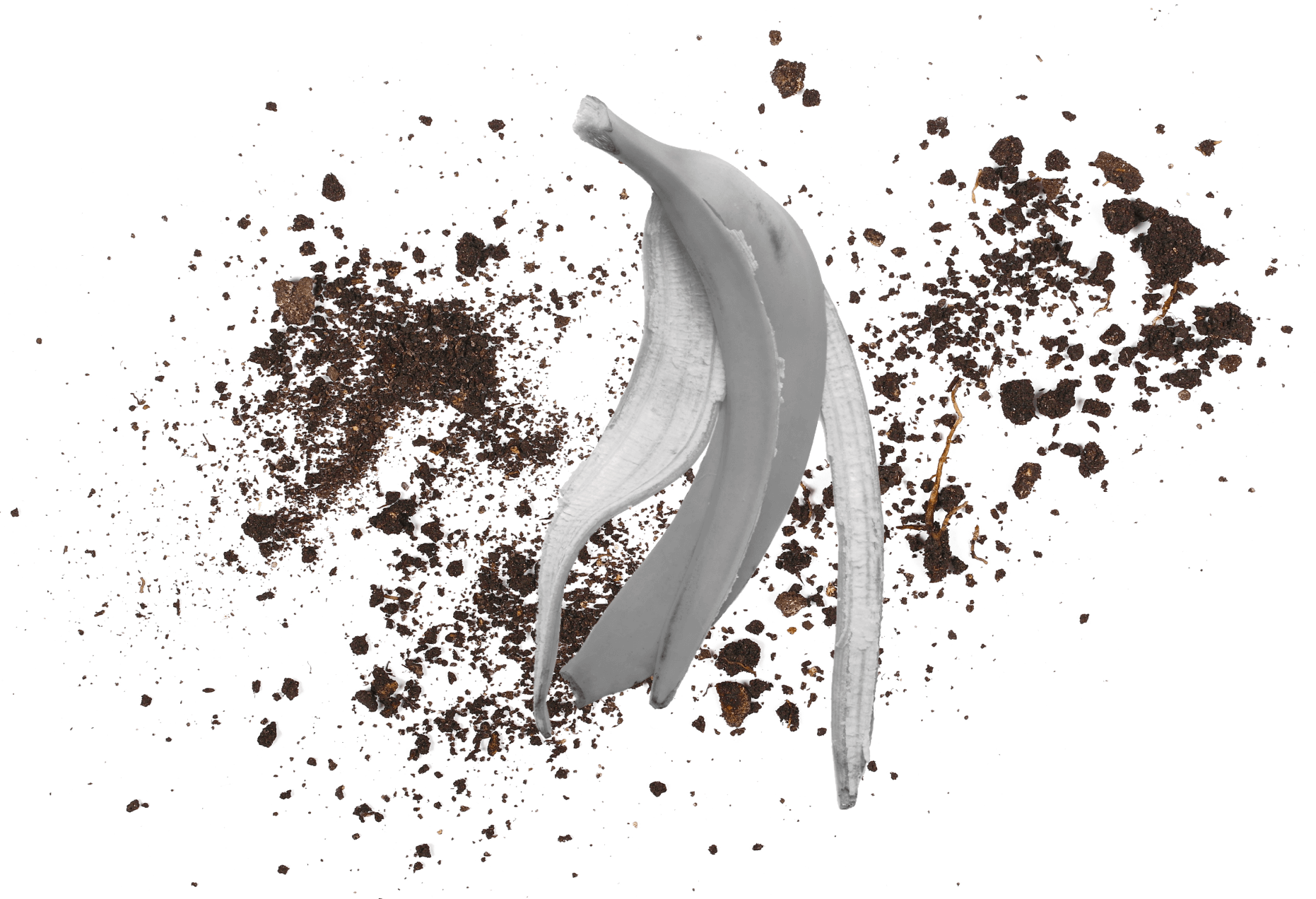
Curious to know more? We love questions. Feel free to message us
through our
contact page and we'll get
back to you.
Go to Animals or
People.

